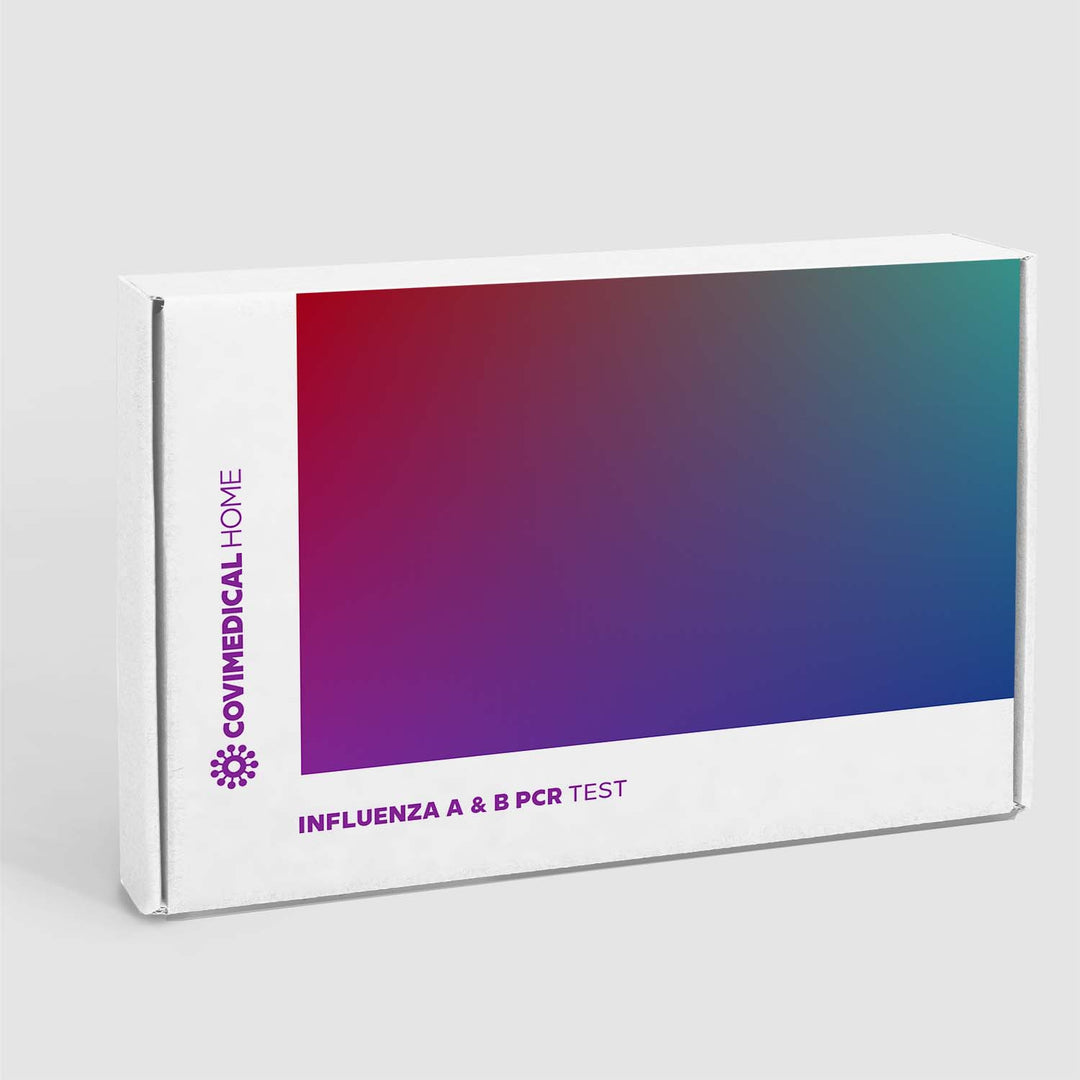Cold, flu or corona - what is it now?
The cold season is often characterized by a symptom familiar to all of us: the flu. However, in recent years, a new player has entered the winter flu wave – the coronavirus.
This raises questions and uncertainties about colds, the flu, and COVID more than ever. Body aches, runny nose, fever – how can one distinguish which illness is present when the symptoms are similar?
Cold, Influenza Flu, COVID – the Differences
Now the question arises of how to differentiate between a cold, the flu, and a potential COVID infection since the symptoms are often similar.
Cold and Runny Nose
The common cold, also known as a viral infection – not to be confused with influenza (flu) – is one of the most common illnesses in the cold season. It is caused by various viruses, such as rhinoviruses.
Symptoms of a cold are diverse, ranging from a sore throat to a runny nose, cough, and mild fever. Affected individuals often feel weak and tired, but severe body aches are generally not present with a cold.
Influenza (the real flu)
In contrast, the flu, also known as influenza, is caused by the influenza flu virus. Unlike the cold, flu symptoms are often more pronounced. Typical signs of the flu include suddenly high fever, severe body aches, chills, and extreme fatigue.
Unlike a cold, the flu is usually more severe and can lead to serious complications, especially in children, older adults, and individuals with weakened immune systems.
COVID-19 – Symptoms of Coronavirus
After infection with the SARS-CoV-2 coronavirus, it takes an average of four to six days for the first symptoms of COVID-19 to appear, with the incubation time varying depending on the virus variant, for example, it is about 3 days for the Omicron variant.
The signs of the disease often resemble those of other respiratory illnesses but can also affect other organ systems, including the cardiovascular, nervous, liver, and kidney systems.
Typical symptoms of a coronavirus infection include a sore throat, hoarseness, cough, fever, runny nose, and loss of sense of smell or taste. Other possible symptoms include breathing problems, headaches, body aches, general weakness, swollen lymph nodes, rash, conjunctivitis, as well as gastrointestinal complaints such as nausea, loss of appetite, vomiting, abdominal pain, and diarrhea.
Corona vs. Influenza – what are the differences?
An important difference between the flu and COVID lies, as often, in the details. While typical flu symptoms usually affect the respiratory system, with headaches and body aches being uncomfortable side effects, COVID also affects other organs in the body.
A typical sign of a COVID infection can be, for example, the loss of taste and smell or shortness of breath. These symptoms usually do not accompany the flu. Influenza almost always comes with severe body aches, whereas these are not as common with COVID-19. So, if the flu is approaching but typical symptoms like body aches are absent, it could be an indication of a COVID infection.

With COVID, symptoms often gradually appear after several days, while the flu makes itself suddenly noticeable. If you are unsure, it is always advisable to take a test. Overall, it is important to be attentive to symptoms such as cough, fever, and fatigue and, if necessary, get tested.
Distinguishing between a cold, flu, and COVID can be challenging, but it is crucial to take the right measures and prevent the spread of diseases. Whether it's a cold, flu, or COVID, pay attention to your body's signals, seek rest, and consult a doctor if in doubt.



















